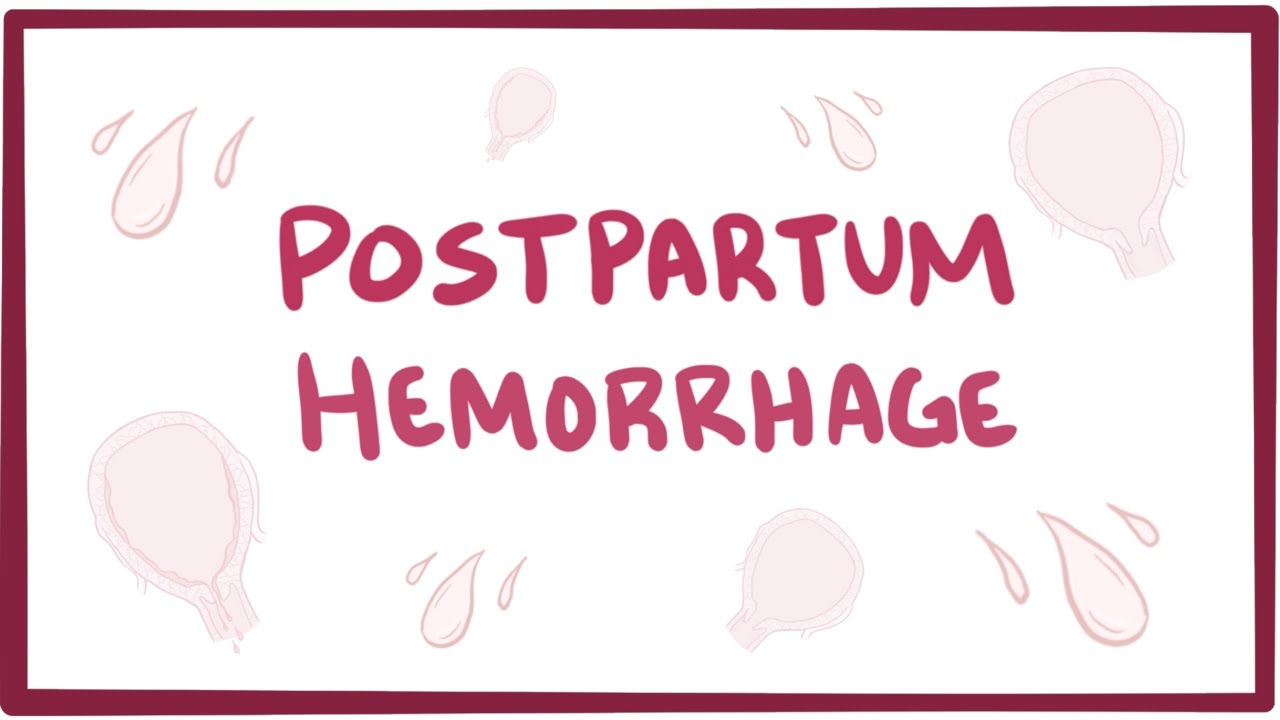Types of postpartum bladder atony
Postpartum bladder atony It can be classified as:
- Discovered or symptomatic: It is identified by the ability to expel urine accompanied by discomfort.
- Concealed or asymptomatic: in this case postpartum urinary retention is identified by a high volume of residual urine. The volume will be equal to or greater than 150 ml, after a spontaneous urination on the first postpartum day.
Risk factors for postpartum bladder atony
Here we mention a series of risk factors that favor the onset of the disease. That the patient has any of these conditions It does not mean that I will have postpartum urinary retention, simply that it will be more likely to happen to you.
- Prolonged duration of the first and second stages of labor.
- Instrumental or assisted delivery.
- Epidural anesthesia.
- Be a primiparous mother
In addition, episiotomy and newborn weight are considered as risk factors for asymptomatic urinary retention. Early detection of risk factors is very important, because it allows to adopt preventive measures to reduce the adverse effects of childbirth. It also helps to establish adequate treatments for the recovery of bladder function.
You may also be interested in: Foley probe: use and technique
Diagnosis
In most of the occasions the diagnosis of postpartum bladder atony is only symptomatic. When the patient is unable to expel urine spontaneously after 6 to 12 h postpartum.
In the first 12 hours postpartum the first spontaneous urination should occur, both of the mothers who have had a spontaneous vaginal delivery and after an instrumented delivery. However, after a cesarean, the first urination should occur in the first few hours.
Treatment of postpartum bladder atony
When there is no spontaneous urination, the anti-inflammatory analgesic treatment will be optimized and proceed as follows:
- Drainage probe with disposable probe. Assess the volume of diuresis and adjust the fluid intake.
- If there is no spontaneous urination in the next 3-4 hours, a second probing with disposable probe.
- If finally after this second probing the patient requires a third probing, this will be done with permanent probe that will be maintained for a week.
Pharmacotherapy
As well The medicine called Tebetane Compound can be used in capsules. They are three amino acids and a complex called phytosterol extracted from Prunus abrorea. This medicine has a marked anti-inflammatory and decongestive action of the genitourinary system.
Composition per capsule
- Glycine 45mg.
- L-Glutamic Acid 265mg.
- Alanine 100mg.
- Phytosterol complex Prunus arborea 30mg
- Excipients: compril, colloidal silica, magnesium stearate.
Indications
Tebetane Compound® is indicated in pelvic congestive syndrome, premenstrual tension, postpartum bladder atony, postoperative gynecological and as a prophylactic in urinary complications.
On the other hand, the Tebetane composite® is also indicated in the treatment of urinary symptoms by cystocele, genital congestion of prostatic etiology, acute and chronic prostatitis.
Further, is indicated in the treatment of postadenomectomy sequelae and of prostatic adenoma. However, Tebetane compound is included in preventive treatments in elderly people, in alternating monthly doses.
Read also: Postpartum: that delicate period
Posology
The posology is according to medical prescription. However, 2 to 4 capsules per day are advised. The duration of the treatment is at the doctor’s discretion. Being optional preventive treatments in alternate monthly doses.
Currently there are no contraindications to the drug without side effects. In addition, it is compatible with any medication. Tebetane compound lacks toxicity and has no side effects. In case of overdose or accidental ingestion of Tebetane Compound, call the toxicology information service.
